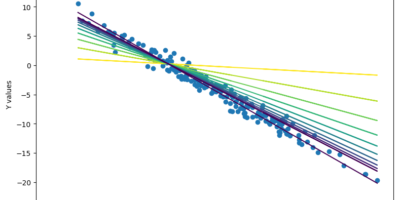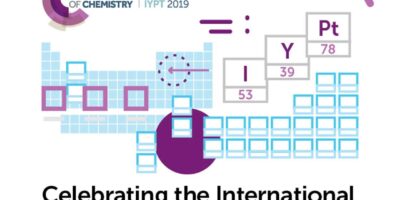Particle accelerators are well know for their part in groundbreaking scientific discoveries. The Large Hadron Collider, for instance, is famous for proving the existence of the once-elusive Higgs-Boson particle. But these synchrotrons, as they are often referred to as, can be used for much more practical applications, such as improving engine efficiency or discovering new masterpieces.
In 2008, researchers used the x-rays emitted from the particle accelerator at the Advanced Photon Source near Chicago, Illinois, to study the performance of fuel injections systems for combustion engines. Until this experiment, there was little data on how the fuel cloud released by fuel injectors behaved, because visible light was reflected by the droplets while x-rays from traditional sources such as medical devices were too weak to produce a high quality image.
The team at the Advanced Photon Source measured the x-rays entering the engine, and those which reached the other side. The differences were indicative of the distribution of fuel in the cylinder, so using the data from their highly-sensitive recording devices the researchers managed to produce extremely high quality images of the gas cloud.
The experiment is already yielding results. For instance, the images show that fuel injectors suck in corrosive waste gases from the cylinder as they close, which could effect their life-span and long term effectiveness. Manufacturers are now using this revelation to make better, more efficient fuel injectors.
Another novel, and perhaps more innovative, use of the X-rays from synchrotrons has been helping to discover lost masterpieces painted by Dutch post-Impressionist artist Vincent van Gogh. Due to his abject poverty, van Gogh would often paint over his paintings to save canvas. While previous attempts were made to reveal the hidden paintings using medical X-rays, the resulting images were low in quality and monochrome.
But by using the x-ray emissions from the Dorris III particle accelerator in Hamburg, Germany, a team of museum curators, physicists, and art historians managed to create a detailed, coloured image of a peasant woman hidden under “Patch of Grass.” The team hopes that this same technique can be used again to reveal more lost paintings, and to authenticate other possible van Goghs.
The possibilities with particle accelerators are endless. Even as bigger and bigger synchrotrons are built to push forward our understanding of reality, the smaller ones are helping in their own ways to make the world a little better, or a little more beautiful.




Leave a Reply